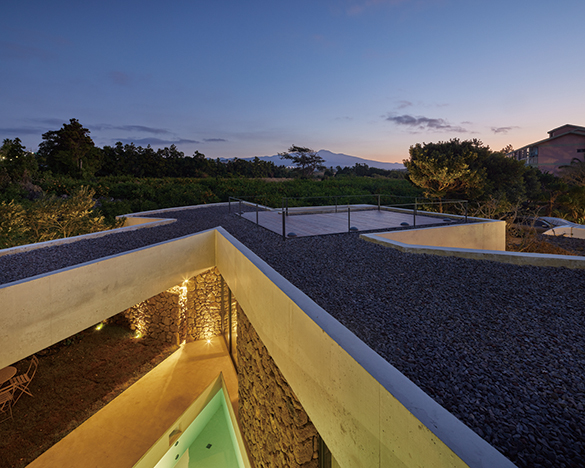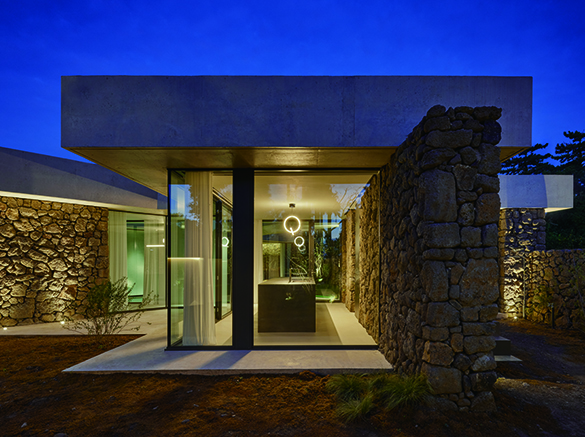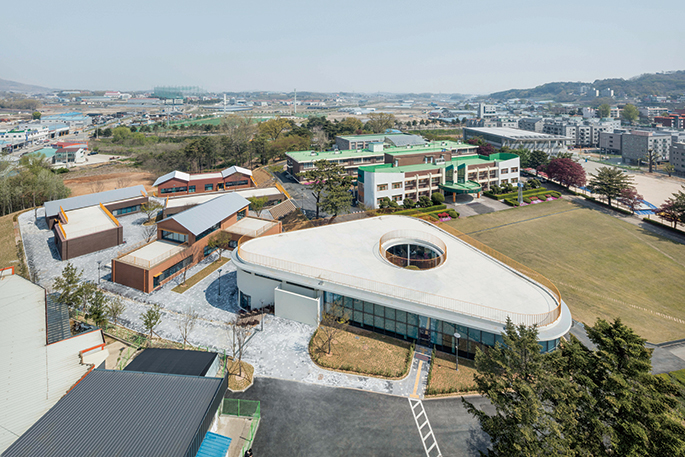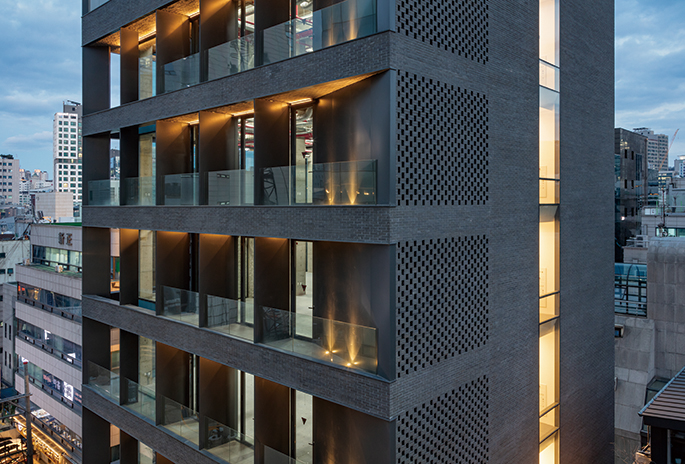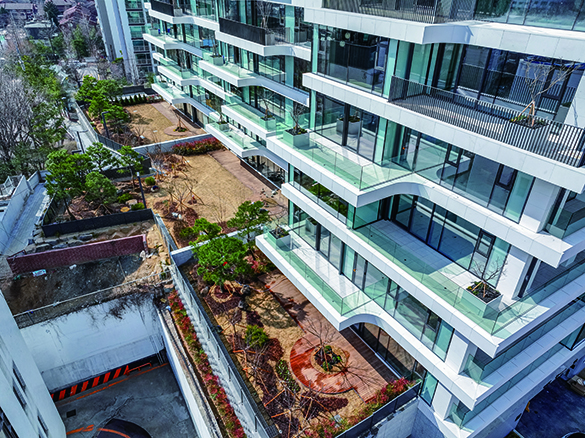SPACE Jun 2024 (No. 679)
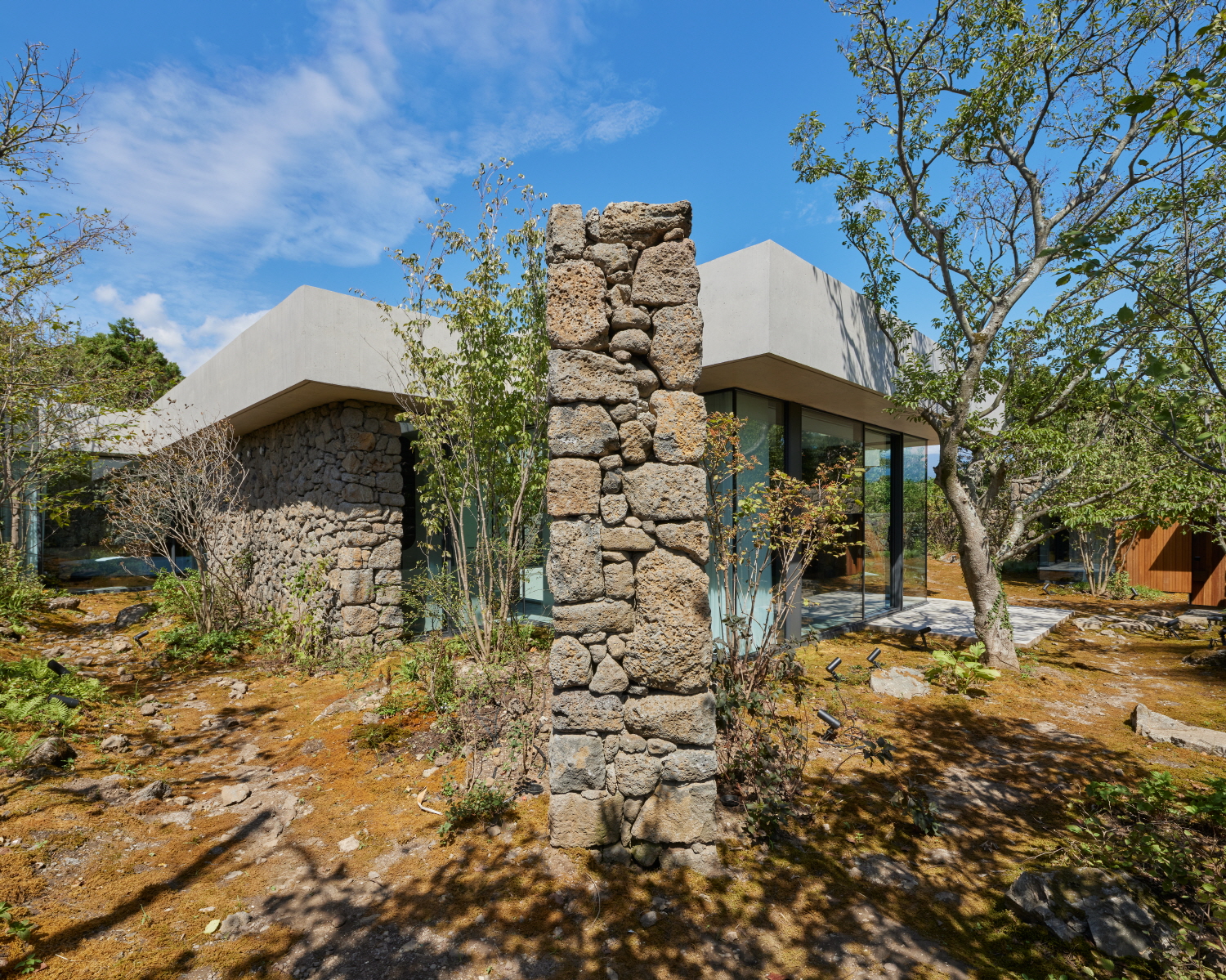
©Roh Kyung
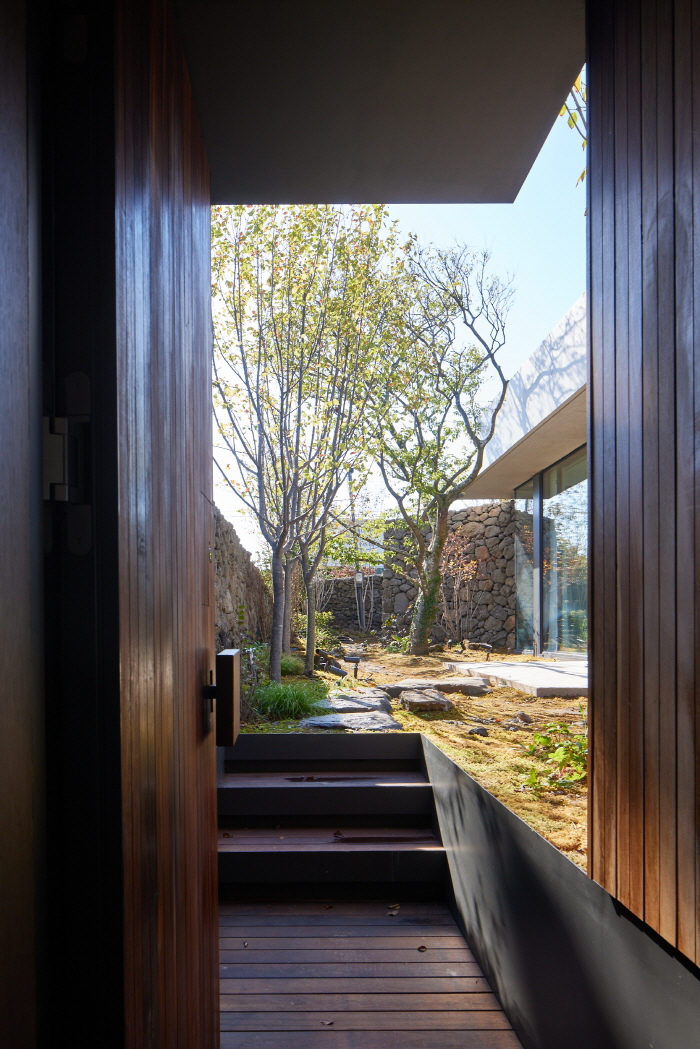
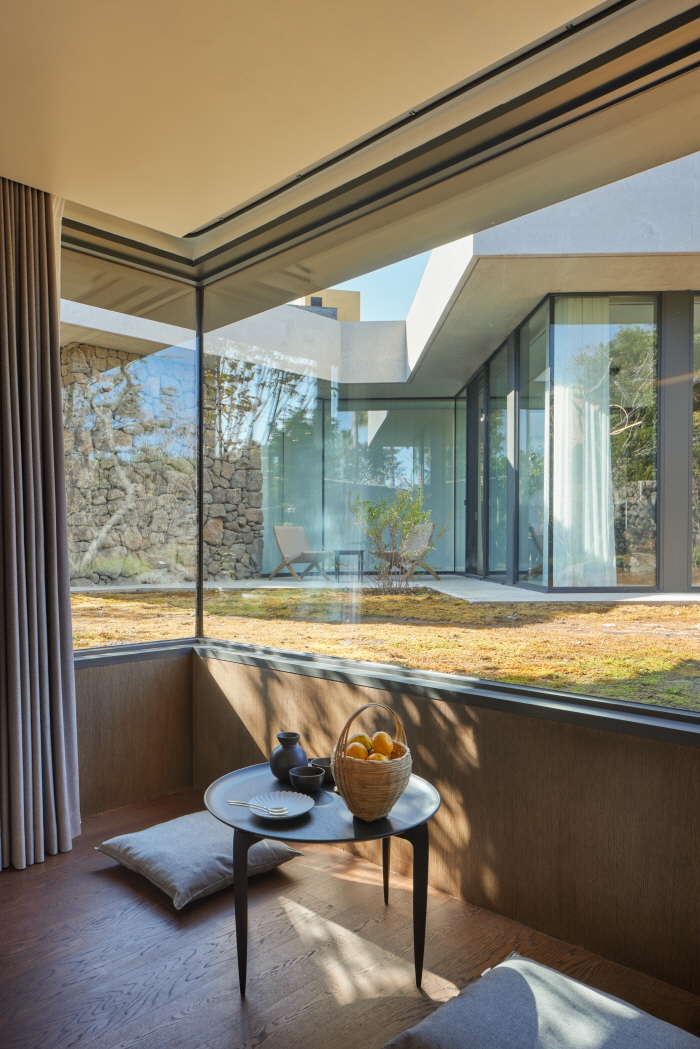
©Roh Kyung
Vertical stacking, maximum floor area ratio, straight volumes, deep interiors inhibiting communication with the outside world, the mechanical repetition of rigid arrangements; all are the common rules in the mechanisms of production and supply combined with top-down totalitarianism. Four of recent projects by Hyunjoon Yoo (professor, Hongik University) have taken a different approach. In his works, a building is segmented into low masses and scattered, placed close to the ground, cut into thin strips and stretched out like a snake, zigzagging to incorporate outdoor spaces here and there. It leaps over intermediate spaces, creating visual continuity between different spots. Through an ensemble of floors, eaves, sliding doors, balconies, and terraces, the edges become not harsh boundaries but additional resting places. In all four projects, a reactionary configuration is presented as an alternative to an architecture and urban design dominated by the logic of production. Gridscape (2023) enhances reciprocity with the atmosphere through its C-shaped plan and creates a shaded inhabitable edge. AFER Hangang (2024) actively incorporates terraces to foster a nomadic lifestyle between the inside and outside while encouraging modulated visual interactions with neighbours. However, the most interesting works in terms of the practice of reactionary configuration are HOMI (2023) and Smurf Village School (2021). The former raises issues of configuration, locality, and trans-locality, the latter questions the relationship between atypical geometry and the richness of lived experience.
...
※You can read the full article with more information on the SPACE No. August (2024).
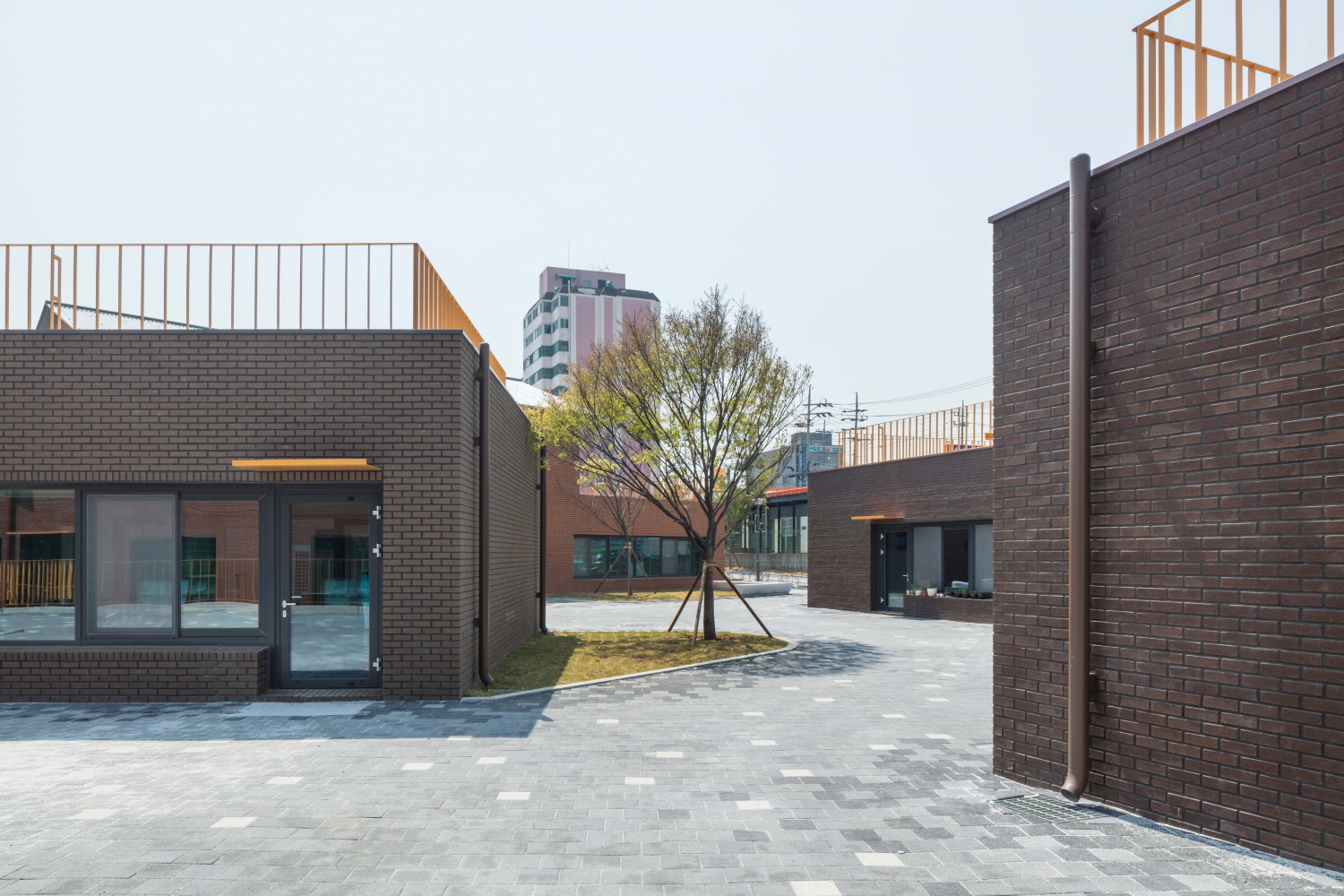
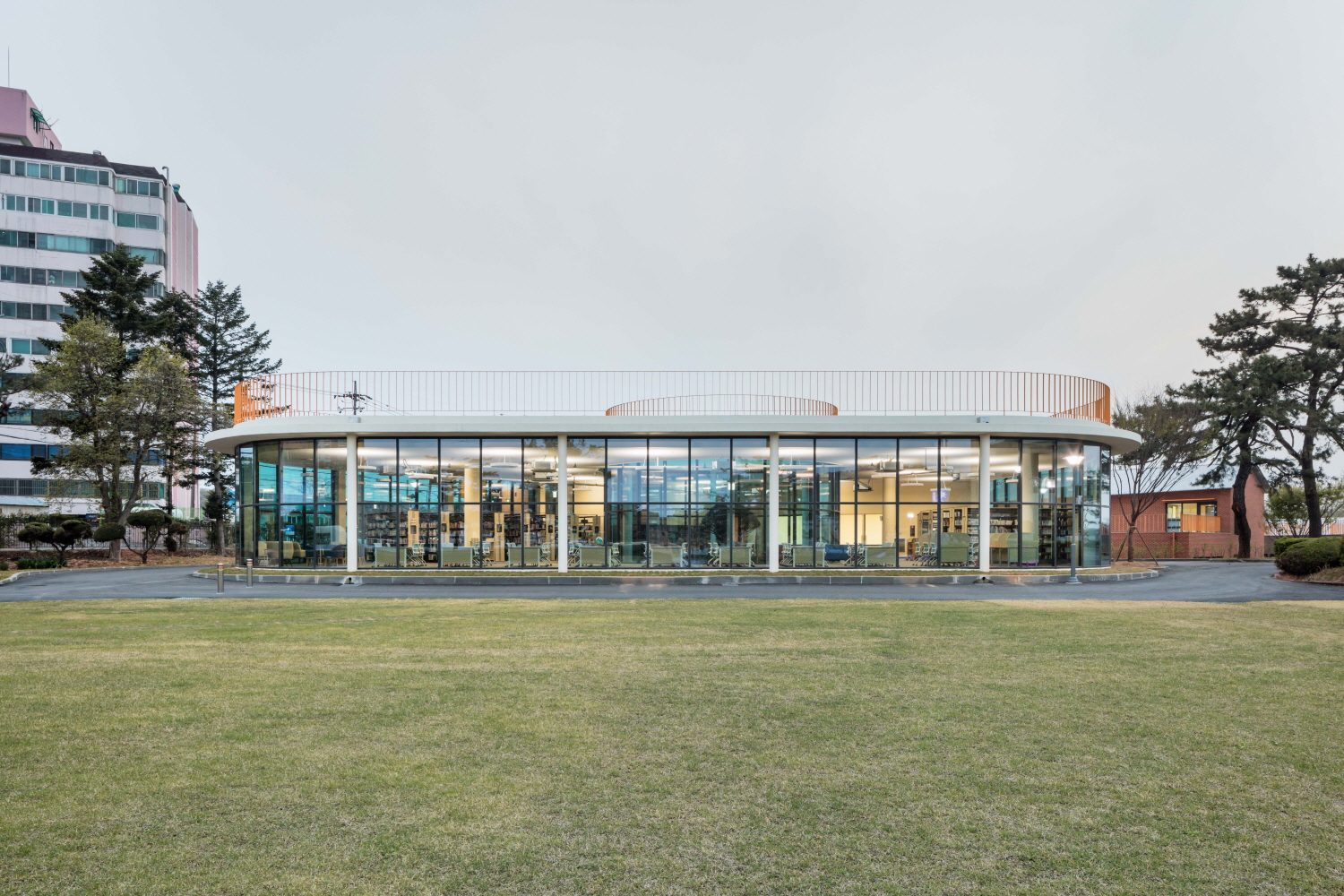
You can see more information on the SPACE No. June (2024).

Baek Jin
Baek Jin graduated from Seoul National University (B.S.), Yale University (M.A.), and the University of Pennsylvania (Ph.D.). Before joining the department of architecture and architectural engineering, Seoul National University, he taught and researched at various institutions including Pennsylvania State University and the University of Tokyo. He is the author of Nothingness: Tadao Ando’s Christian Sacred Space (Routledge, 2009) and Architecture as the Ethics of Climate (Routledge, 2016).
36





